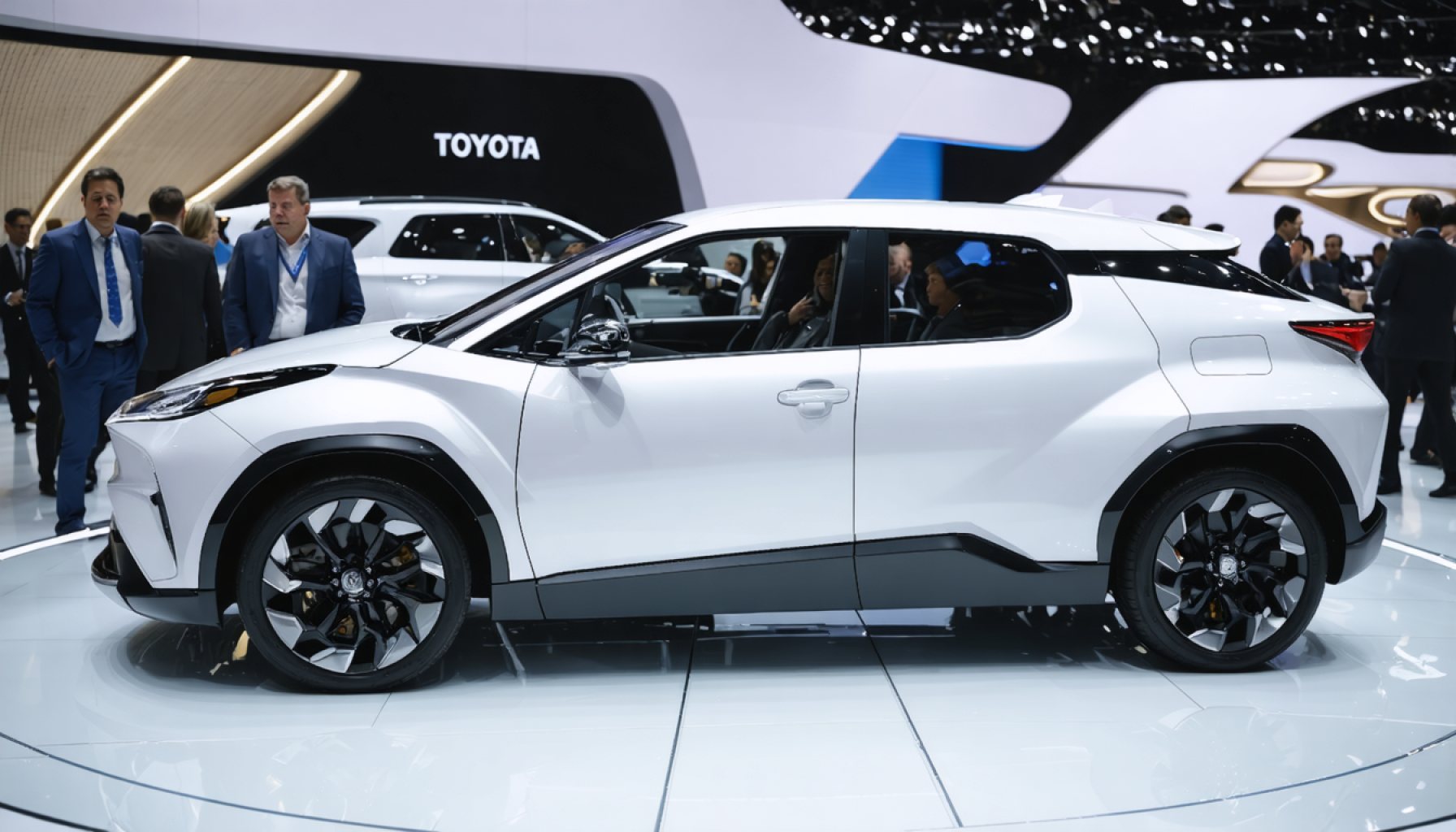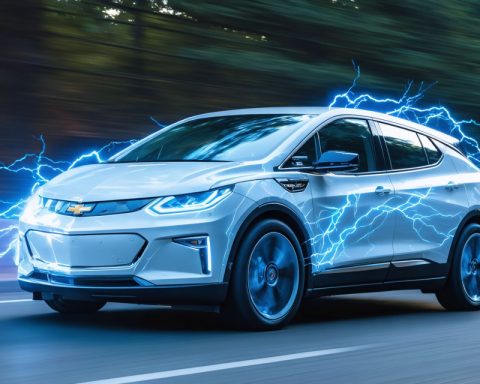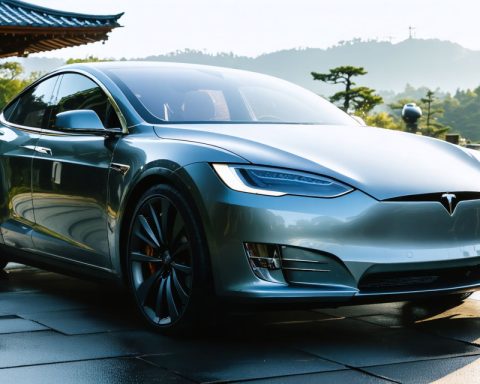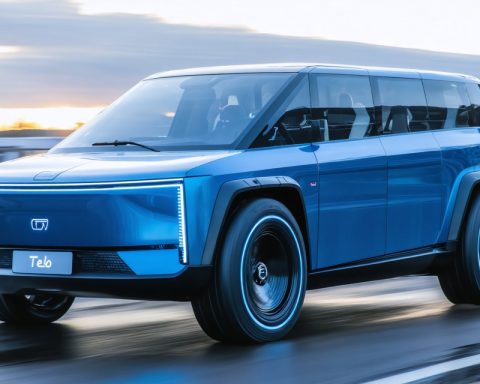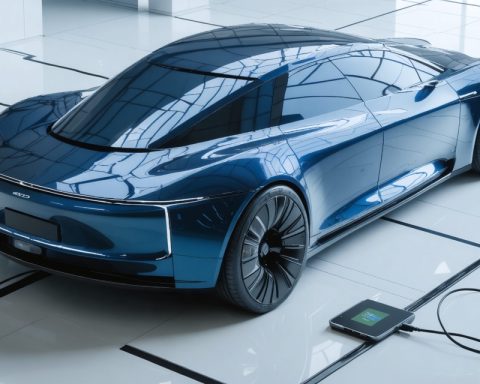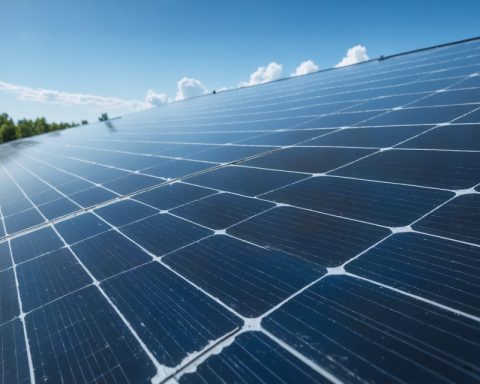- Toyota’s advancement in hydrogen fuel cell technology offers a formidable alternative to diesel engines, especially for long-haul transportation and heavy-duty applications.
- The company has reduced costs through improved design and manufacturing, promoting wider adoption across various industries.
- Hydrogen fuel cells are versatile, applicable to trucks, passenger vehicles, power generators, trains, and marine engines.
- Toyota’s journey with hydrogen technology spans over three decades, starting with the EVS13 in 1996 and leading to the Mirai sedan in 2014.
- The initiative highlights hydrogen as a viable solution for reducing emissions and transforming the transport sector.
- Toyota’s push for hydrogen fuel cells accelerates the vision of a sustainable, zero-emissions future.
Toyota roars forward with an innovation that challenges the dominance of diesel engines. The latest advancement in hydrogen fuel cell technology now stands shoulder to shoulder with diesel in durability, transforming the landscape for long-haul transportation and heavy-duty applications. Picture a fleet of trucks gliding down the open road, emitting only water vapor—this is no longer a distant fantasy but a potential reality.
What’s stirring excitement isn’t just the feat of engineering but the strategic slashing of costs. By refining the design and manufacturing processes, Toyota has made this technology more affordable, opening the gates for widespread adoption across industries. Hydrogen’s appeal blossoms beyond just trucks; it extends its whisper to passenger vehicles, power generators, and even train and marine engines. With a compact structure, these cells can be tucked into diverse shapes and sizes of vehicles, making them a versatile powerhouse.
Toyota’s dance with hydrogen started over three decades ago. In 1996, a glimpse of the future paraded in the form of the EVS13, with its gleaming metal hydride tank. The FCHV-4 in 2001 first rolled onto public roads, blending the power of a fuel cell with hybrid technology. By 2014, the Mirai sedan bridged dreams to reality, introducing this clean innovation to the global stage.
The key takeaway? Hydrogen isn’t just a concept; it’s becoming a viable, potent force in reducing emissions and reshaping the transport sector. As Toyota accelerates its journey, the vision of a hydrogen-fueled future gains momentum, steering us closer to a sustainable tomorrow.
Is Hydrogen Fuel the New Frontier in Clean Energy? Discover the Revolution in Transportation
How-To Steps & Life Hacks
How to Transition a Fleet to Hydrogen Fuel Cell Technology:
1. Conduct a Feasibility Study: Analyze fleet size, types of vehicles, and driving patterns to ensure they are suitable for hydrogen conversion.
2. Infrastructure Assessment: Evaluate the availability of hydrogen fueling stations and plan the construction of onsite refueling facilities if necessary.
3. Workforce Training: Train drivers and maintenance staff on handling hydrogen technology, safety procedures, and basic troubleshooting.
4. Incremental Integration: Start with a pilot program to convert a small portion of the fleet before fully committing to the overhaul.
5. Partnerships: Partner with manufacturers like Toyota for insights and support in transitioning to hydrogen technology.
Real-World Use Cases
Hydrogen fuel cells are already being incorporated in various sectors beyond vehicle transportation:
– Trains: The Coradia iLint is a hydrogen-powered passenger train operating in Germany, leading to emissions-free rail transit.
– Maritime: Hydrogen-powered ferry prototypes are being tested, significantly reducing maritime emissions.
– Backup Power Systems: Several companies are deploying stationary hydrogen generators as sustainable alternatives to diesel generators.
Market Forecasts & Industry Trends
According to industry reports, the global hydrogen generation market is expected to surpass $201 billion by 2025, growing at a CAGR of over 10% from 2020 to 2025. This growth is driven by increasing demand for clean energy solutions to meet climate goals.
Features, Specs & Pricing
Toyota’s hydrogen fuel cell technology boasts several competitive features:
– Durability: Comparable to diesel engines, with reduced maintenance requirements.
– Efficiency: Fuel cells offer superior energy efficiency compared to internal combustion engines.
– Pricing: While initial costs are higher than traditional vehicles, ongoing cost reductions in hydrogen production and technological advancements are lowering the price gap.
Security & Sustainability
Hydrogen fuel cells produce zero operational emissions, with water as the only byproduct. This aligns with global objectives to curtail greenhouse gas emissions and mitigate climate change. On the security front, hydrogen is non-toxic and disperses quickly in case of leaks, thereby minimizing potential hazards.
Pros & Cons Overview
Pros:
– Zero emissions and environmental benefits.
– High efficiency and performance matching diesel engines.
– Versatility across multiple transportation and energy sectors.
Cons:
– Infrastructure for hydrogen refueling is still limited.
– Initial costs are higher than conventional vehicles.
– Energy-intensive hydrogen production processes need further optimization.
Actionable Recommendations
Quick Tips for Adopting Hydrogen Technology:
1. Monitor Developments: Keep an eye on technological advancements and public policies supporting hydrogen infrastructure expansion.
2. Investment in Infrastructure: If feasible, invest early in hydrogen refueling stations to capitalize on future growth.
3. Engagement with OEMs: Work closely with manufacturers to gain insights into deploying hydrogen technology effectively.
For more insights into Toyota’s innovations and hydrogen technology, visit Toyota’s official website.
By harnessing the potential of hydrogen fuel cells, industries can not only meet sustainability targets but also drive innovative transportation solutions into the mainstream.
